The overlooked secret to stronger cycling (it's not more miles)
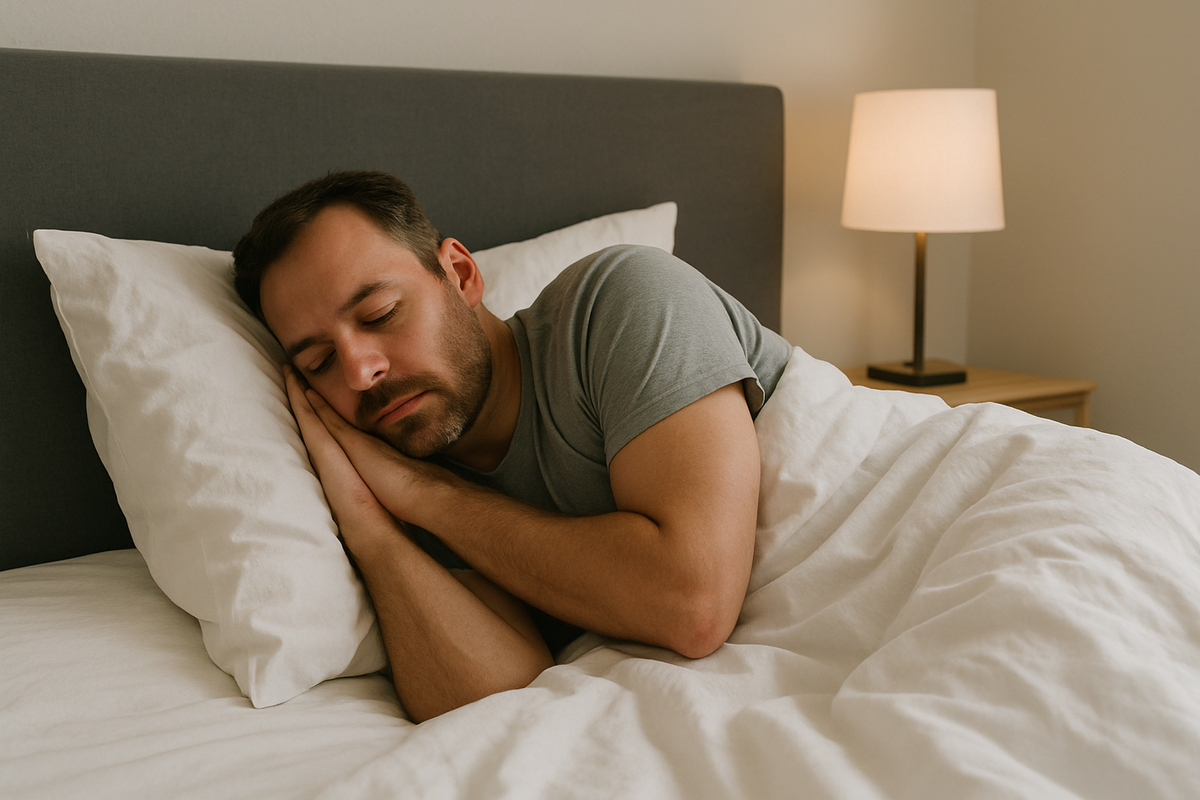
Newsletter (#119)
Ever feel like you're always on the go, never really switching off?
That was me last week. After seven days of back-to-back training rides in Mallorca, my partner and I did something different over Easter—we hit pause.
We swapped power meters for pub lunches. Early alarms for lie-ins. And instead of chasing watts, we took a long, easy stroll around Rutland Water.
And mate, let me tell you—it was exactly what we needed.
The guilt of rest

If you’re like most cyclists, rest can feel... counterintuitive. Like taking a day off will undo months of effort.
I used to think that too.
But after three glorious nights of 10-hour sleep, something clicked. We felt better. Fresher. Stronger. Like we’d hit the reset button on our minds and our legs.
So here’s the real takeaway: your body doesn’t get stronger during training — it gets stronger during recovery.
What science says about sleep
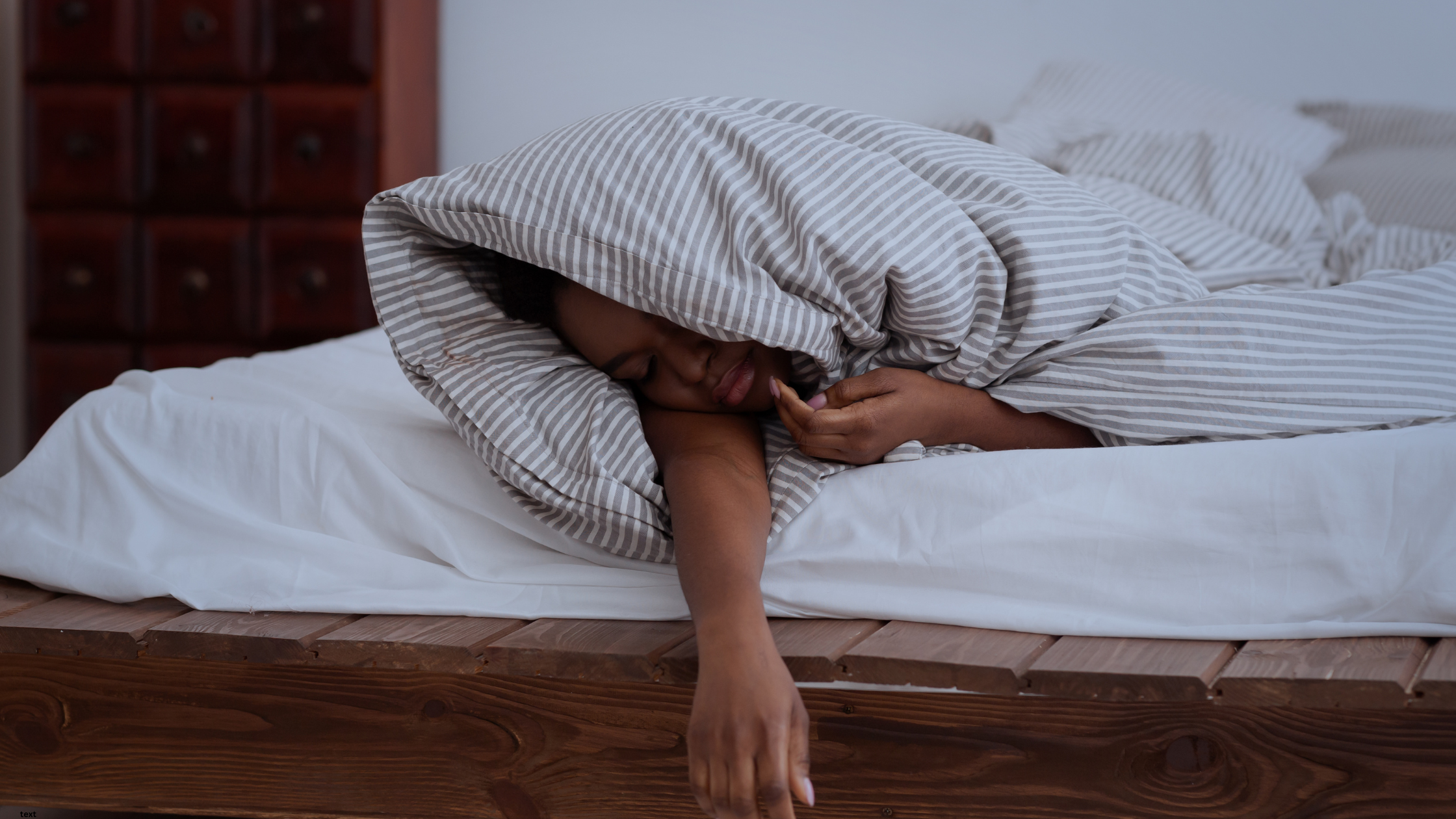
Sleep is your body’s built-in recovery protocol. While you’re dreaming about the next summit finish, here’s what’s actually happening:
🧠 Hormonal reset: Deep sleep boosts growth hormone and testosterone, which are crucial for muscle repair and fat metabolism.
🦵 Muscle repair: Damaged muscle fibres are rebuilt stronger during slow-wave sleep.
🛠️ Immune recovery: Poor sleep tanks your immune system, increasing your risk of illness and overtraining.
🧬 Glycogen replenishment: Your body restores energy stores so you're ready for your next ride.
🧘♂️ Mental clarity: REM sleep helps with memory, focus, and reaction time—key for handling descents and group rides.
In short? Sleep is your superpower.
3 ways to ride stronger... by doing less
1. Get consistent sleep (7–9 hours every night)
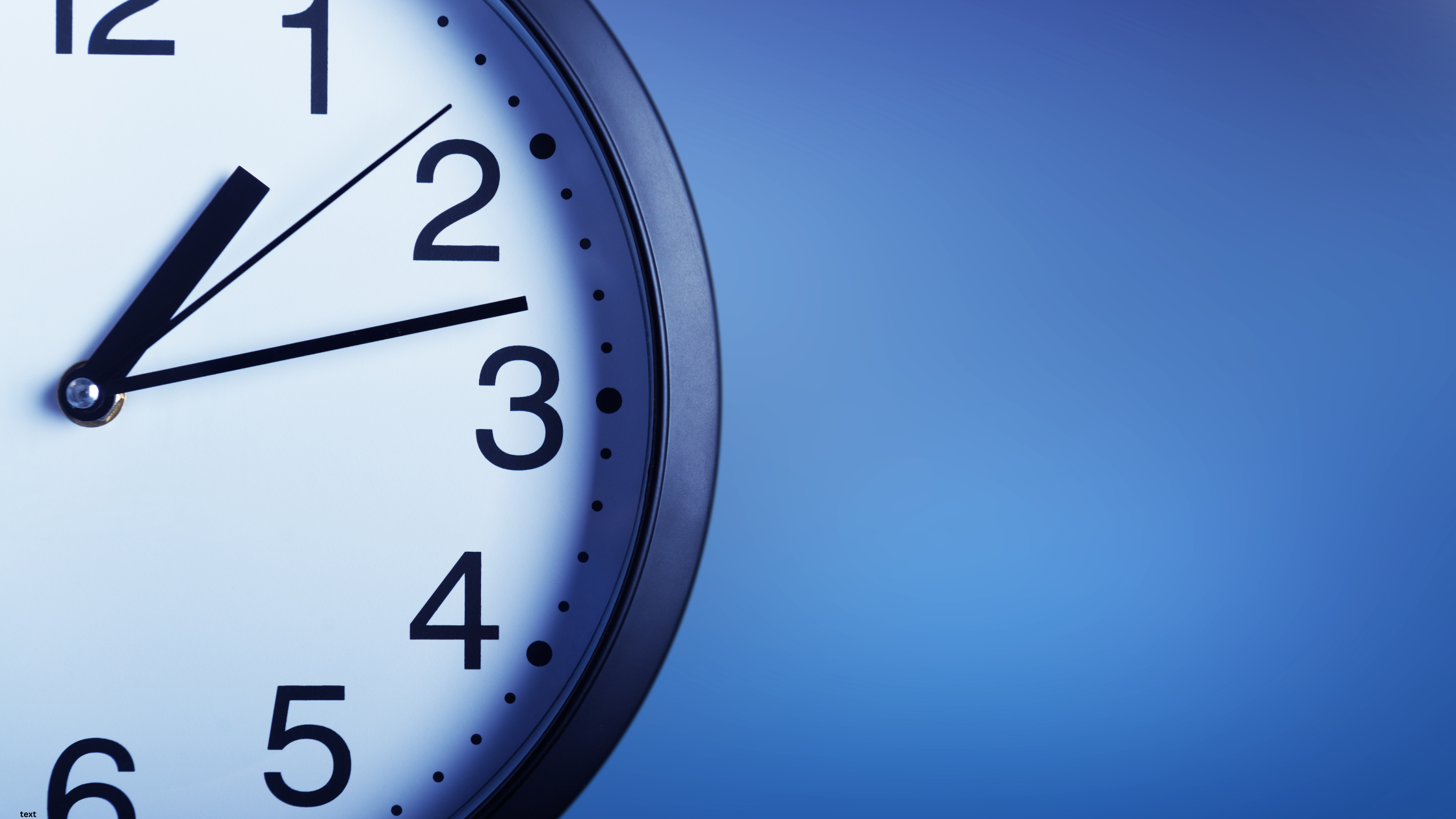
This isn’t just about hitting a magic number of hours. It’s about creating a repeatable rhythm for your body.
Your body thrives on circadian rhythms — the 24-hour internal clock that regulates everything from hormone release to body temperature and sleep cycles.
🕰️ Why it matters: Irregular sleep times confuse your brain. You might still get 8 hours, but if your bedtime shifts from 10 PM to 1 AM every other night, you’re not getting the same recovery quality.
✅ What to do:
- Go to bed and wake up at the same time each day (yes, even on weekends).
- Create a 30-minute wind-down routine before bed: dim lights, stretch and read something chill.
- Avoid screens for an hour before bed — blue light suppresses melatonin, your sleep hormone.
💡 Pro tip: If you train early in the morning, count backwards from your wake-up time to ensure you’re in bed early enough. Getting up at 5:30? You need to be asleep by 10 at the latest — not just in bed, but asleep.
2. Earn your rest days (they’re where the gains happen)
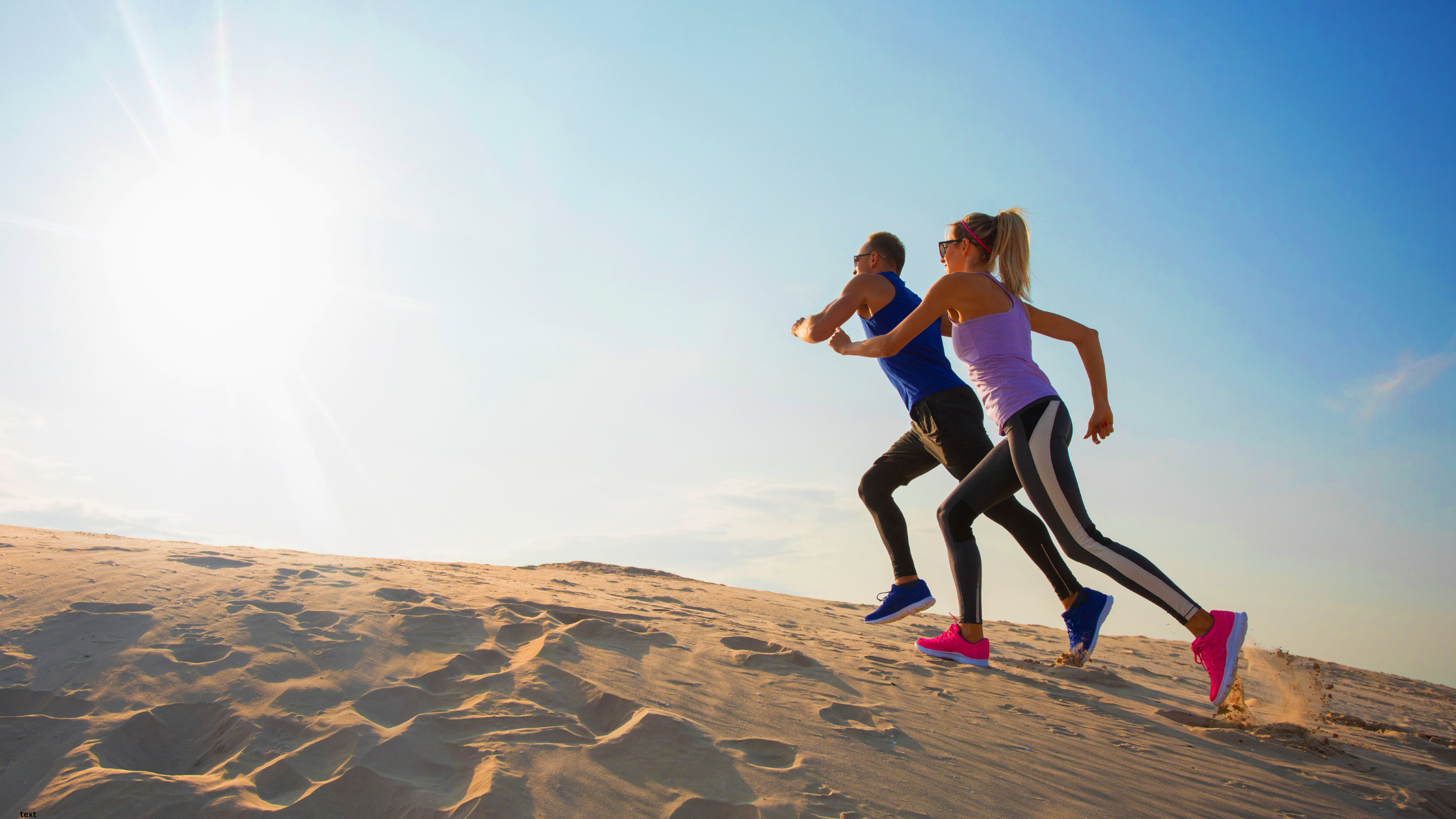
You’re not being lazy by taking a day off. You’re being strategic.
Every time you train, you create a small amount of muscle damage. Recovery is when your body adapts, rebuilding that tissue stronger and more resilient.
🦠 Why it matters: Without enough recovery, stress hormones (like cortisol) stay elevated, immune function drops and performance flatlines — or worse, regresses.
✅ What to do:
- Schedule 1–2 full rest days per week — and stick to them.
- Treat recovery like training: plan it, prioritise it, protect it.
- Don’t fill your rest day with “life admin” marathons. Rest should actually feel restful.
💡 Pro tip: Use heart rate variability (HRV) or resting heart rate to monitor your readiness. If your HRV is trending down or your morning HR is unusually high, it’s a red flag that you need more rest.
3. Listen to your body (not your ego)
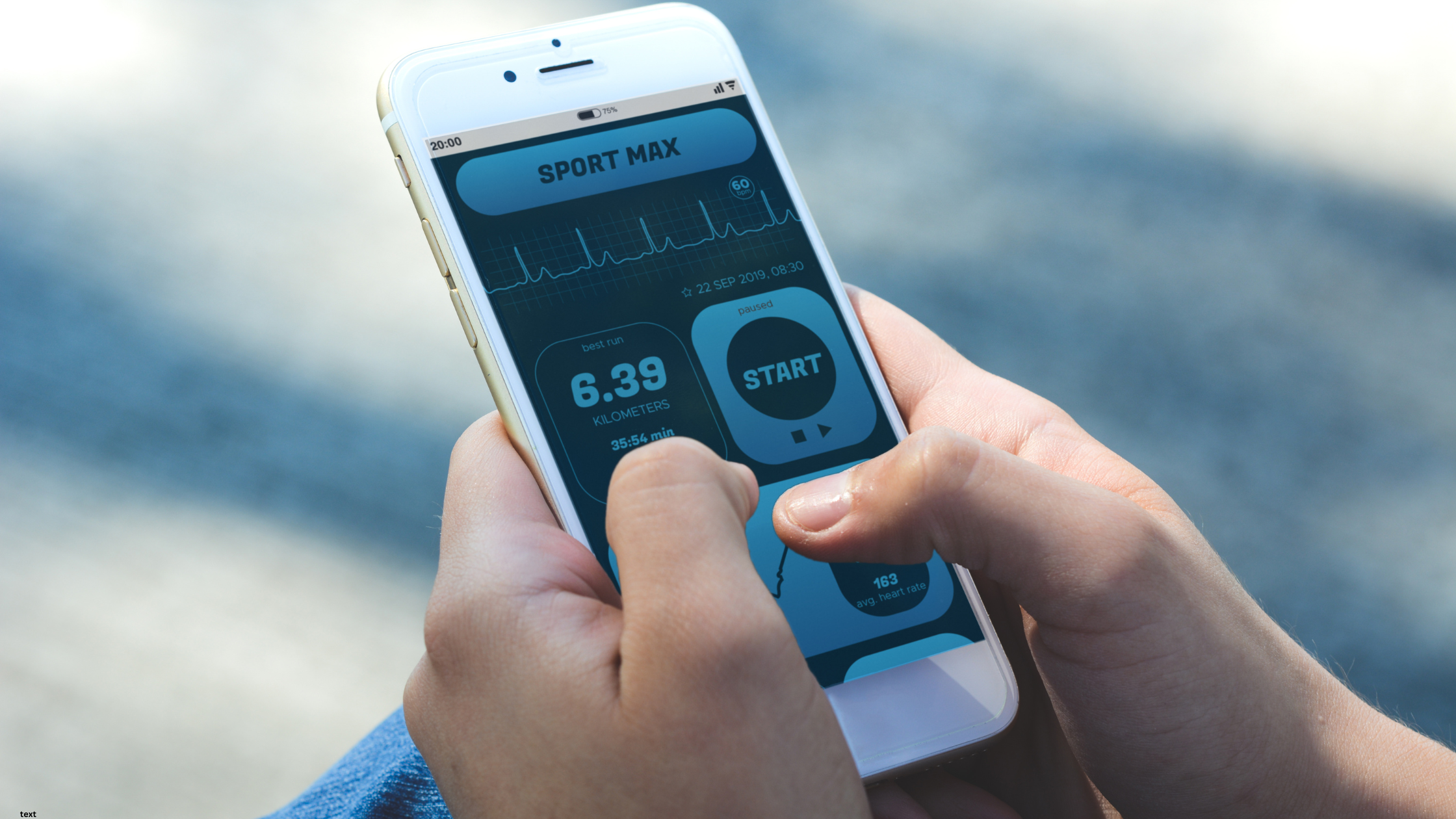
This one’s simple, but not easy. Especially if you're wired to push.
Feeling wiped? Short-tempered? Struggling to finish rides you’d normally cruise through?
Your body isn’t being lazy. It’s sending you a signal.
🧠 Why it matters: Overriding those signs can lead to overtraining syndrome — which takes weeks or even months to recover from. Prevention is much easier (and smarter) than recovery.
✅ What to do:
- Track mood, appetite, sleep quality, and motivation alongside training.
- Keep a simple journal or use TrainingPeaks to note fatigue and readiness.
- Shift from a hard session to zone 2 or take a day off altogether when needed — your fitness won’t vanish.
💡 Pro tip: If you’re on the fence — unsure whether to train or rest — take the rest. The worst-case scenario? You’re fresher tomorrow. That’s a win.
Rest isn't lazy. It's strategic.
Look — training hard feels productive. I get it.
But if you’re constantly chasing bigger rides, faster splits, or more miles without building in the recovery, you’re leaving gains on the table. Worse, you’re risking burnout.
Sleep isn’t optional. It’s performance-enhancing.
Recovery isn’t weakness. It’s where the fitness happens.
Whenever you're ready, here are the ways I can help you:
- The Cycle Lean Blueprint: This comprehensive, all-in-one product is everything you need to shed kgs and ride faster.
- The Cycle Lean Collective: Get ready to transform your fitness journey with our new and improved monthly membership program.
- Personalised One-on-One Coaching: Get the results you are aiming for with our one-to-one service. Explore our tailored coaching options designed to help you reach your goals fast.